PPT-Lecture 13: Manycore GPU Architectures and Programming, Part 3 -- Streaming, Library and
Author : lindsaybiker | Published Date : 2020-09-28
Programming Part 3 Streaming Library and Tuning CSCE 790 Parallel Programming Models for Multicore and Manycore Processors Department of Computer Science and Engineering
Presentation Embed Code
Download Presentation
Download Presentation The PPT/PDF document "Lecture 13: Manycore GPU Architectures a..." is the property of its rightful owner. Permission is granted to download and print the materials on this website for personal, non-commercial use only, and to display it on your personal computer provided you do not modify the materials and that you retain all copyright notices contained in the materials. By downloading content from our website, you accept the terms of this agreement.
Lecture 13: Manycore GPU Architectures and Programming, Part 3 -- Streaming, Library and: Transcript
Download Rules Of Document
"Lecture 13: Manycore GPU Architectures and Programming, Part 3 -- Streaming, Library and"The content belongs to its owner. You may download and print it for personal use, without modification, and keep all copyright notices. By downloading, you agree to these terms.
Related Documents

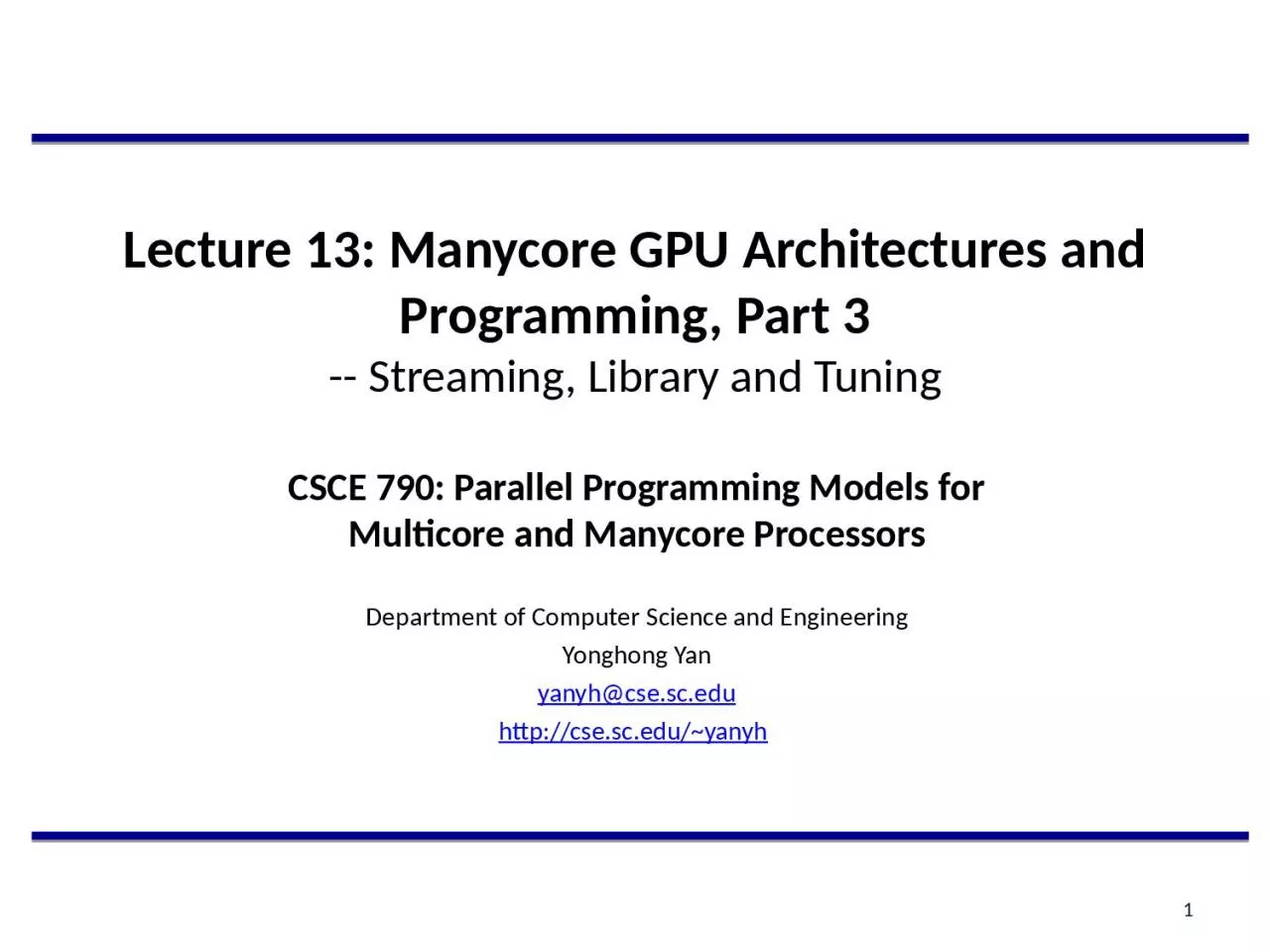
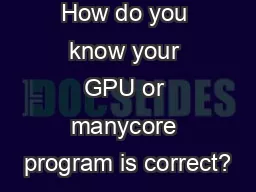

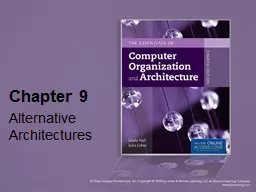

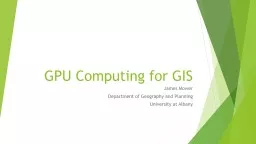
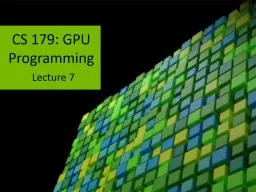
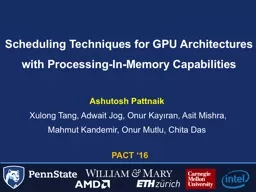
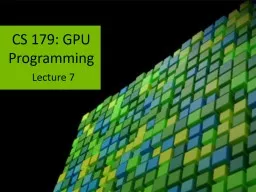


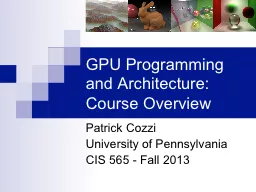
![[FREE]-Programming 16: Python Programming In A Day & C Programming Professional Made Easy](https://thumbs.docslides.com/980148/free-programming-16-python-programming-in-a-day-c-programming-professional-made-easy-c-programming-c-programming-c-programming-language-html-python-python-programming-coding-css-java-php.jpg)